
NSLS-II Science Highlights
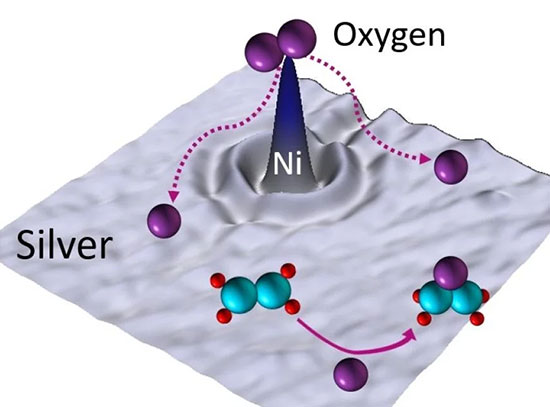
Trace Amounts of Nickel Boost Silver's Selectivity for Essential Catalysis
A research team led by Tufts University has developed a more efficient and cost-effective method for producing ethylene oxide
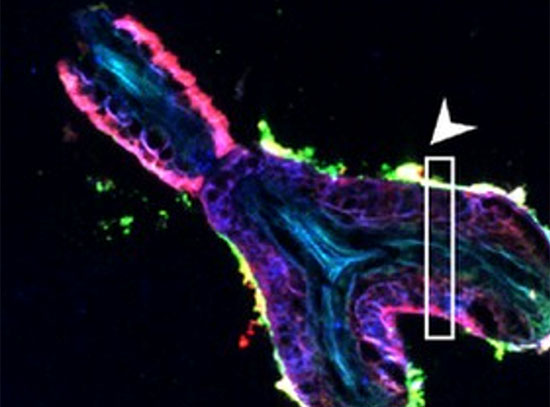
Symbiotic Fungi Liberate Iron from Soil Organic Matter and Share with Plants
Researchers discovered ectomycorrhizal fungi liberate more Fe — a limiting nutrient — from soil under specific conditions.
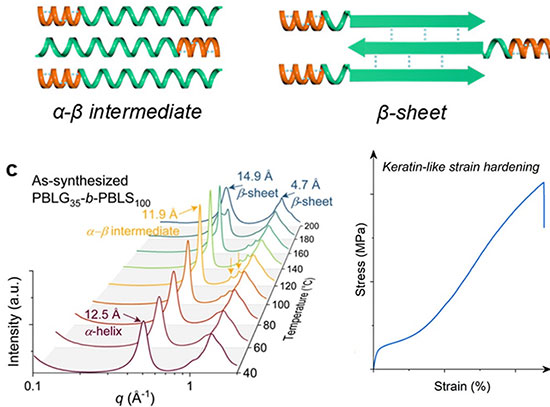
Learning from Nature to Make Stronger Synthetic Polypeptides
Researchers develop method leading to a flexible platform for developing next-gen polypeptide materials with tunable properties
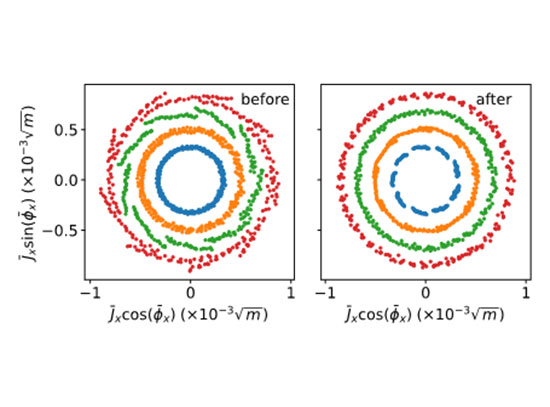
Taming the Chaos for Synchrotron Beam Efficiency and Stability
Scientists use reconstructed particle trajectories to detect and characterize chaotic beam motion and correct it.
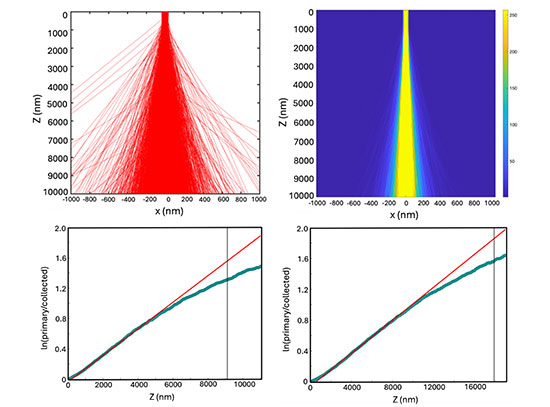
MeV-STEM Shows Promise in Advanced Imaging of Thicker Biological Samples
Imaging thicker samples with nanoscale resolution paves the way for new insights into biology and semiconductor research.
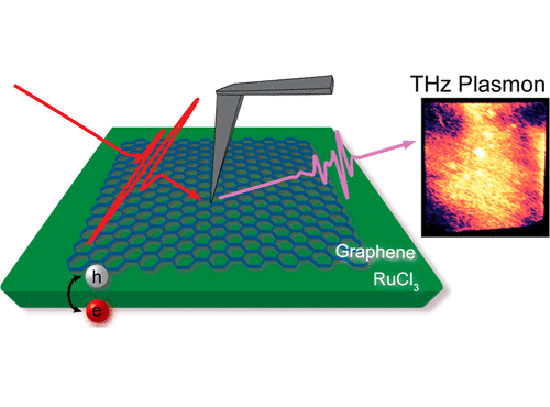
Studying Plasmonics in Graphene Cavities
Researchers observed surface plasmon polaritons (SPPs) in graphene cavities on a ruthenium chloride (RuCl3) substrate.
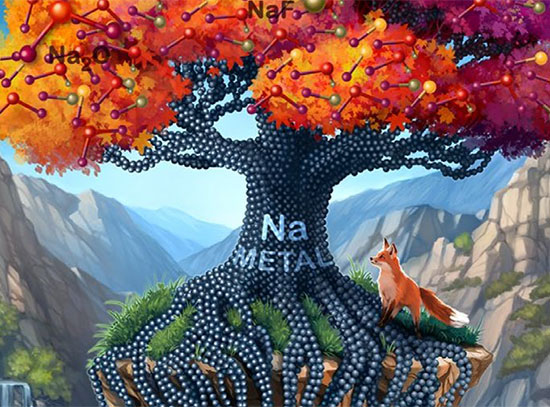
Studying the Chemistry of Sodium Metal Systems for Batteries
Sodium, which is cheap, abundant, and safer than other battery materials, could be key to developing next-gen batteries.
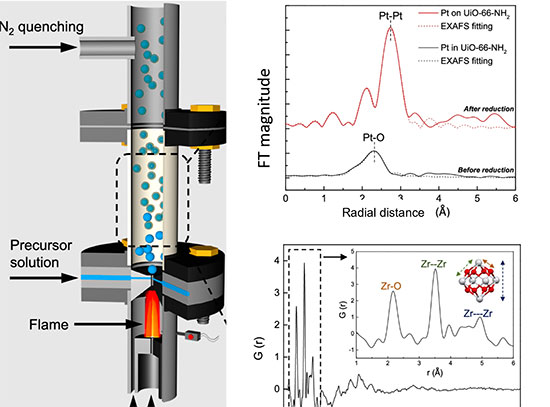
A New Route to Highly Complex, Stable Metal-Organic Frameworks
Compared to conventional synthesis methods that takes hours, researchers synthesize materials within milliseconds.
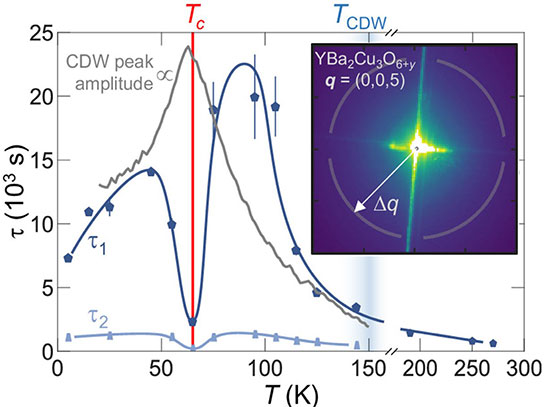
Understanding Superconductivity via Atomic Lattice Fluctuations
Researchers use X-rays to measure slow, subtle fluctuations of the lattice of a high-temperature (Tc) superconductor.
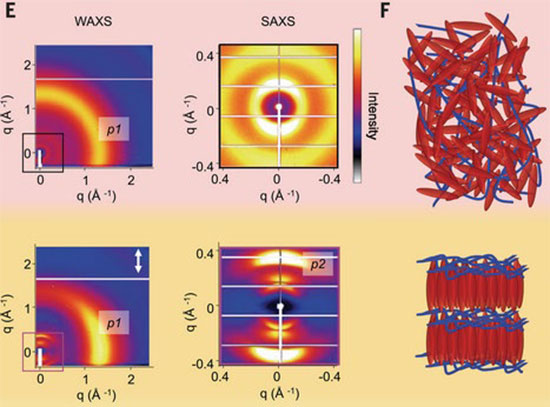
Scientists Tune Soft Material to Change Shape in Multiple Ways
Scientists program liquid crystal elastomers with the ability to change shape in multiple directions using only temperature shifts.
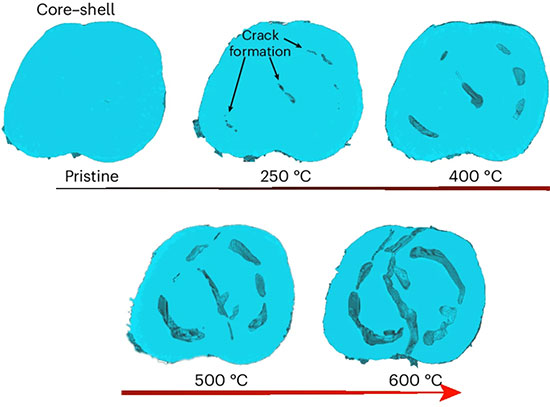
Studying the Effects of 'Microstrain' on Battery Materials
Researchers uncover insight into how structural defects form and affect the performance of two battery cathode materials.
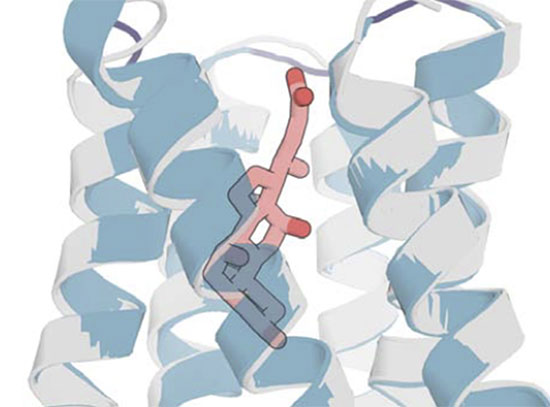
Small-Molecule Binding and Sensing through AI-Driven Protein Design
Researchers used deep-learning tools to design proteins capable of binding and sensing diverse small molecules with high precision.




